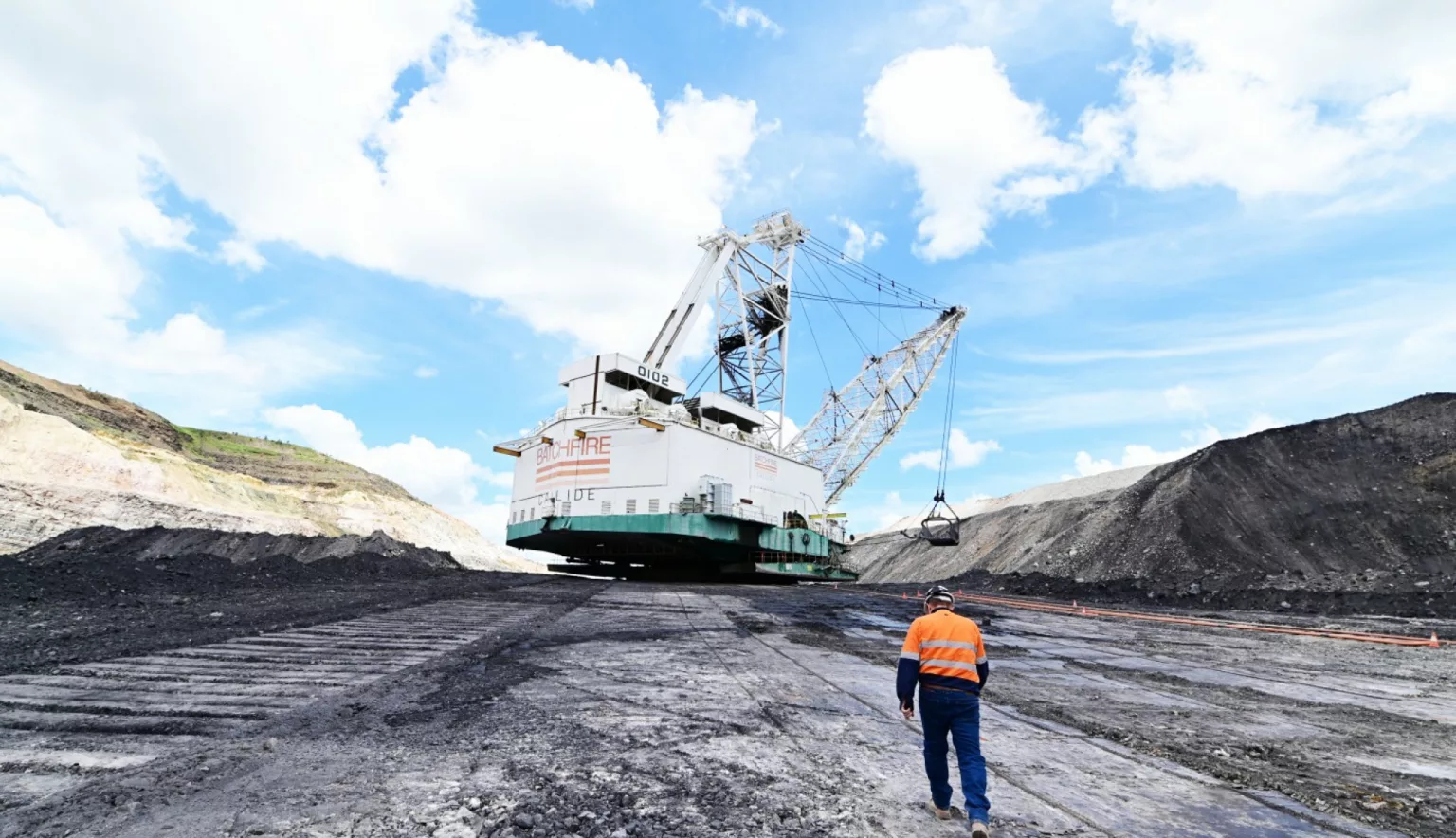On a trajectory of expansion, Batchfire Resources is the low-fugitive emission energy coal producer pursuing plans for Net Zero. We explore a community-centric company culture with CEO, Allan Fidock.
RESOURCES FOR A SUSTAINABLE FUTURE
It’s an exciting time to be in Australian coal mining.
Earlier this year, the federal government’s Resources and Energy Quarterly report forecast that Australian coal would soon become the second commodity to surpass AUD$100 billion in annual exports.
In the corridor of central Queensland’s Callide Valley, one company poised to exploit this dynamic market shift is energy coal producer, Batchfire Resources (Batchfire).
“The export market at the moment is extremely solid in terms of pricing, and is reaching historical highs,” opens CEO, Allan Fidock.
After stepping into the role just eight months ago, Fidock is set to ensure that the company is positioned to leverage these extremely favourable market conditions.
Following the discovery of bituminous coal deposits on these resource-rich lands in 1890, the Callide Mine has been in operation since 1944, before Batchfire became owners of the Callide Basin resource in November 2016.
Located 120 kilometres southwest from the Port of Gladstone, the operations of the mine are intrinsically linked to the livelihood of the Biloela township and Banana Shire as the beating heart of the local community. Batchfire is the Callide Valley’s largest employer and the mine is a catalyst for regional prosperity, driving the local economy, forming partnerships and creating a culture of local participation.
With the basin spanning over 16,000 hectares, the Batchfire tenure boasts a significant estimated resource potential of 1.07 billion tonnes of coal. Using conventional open-cut mining methods, the mine’s low-sulphur energy coal plays a significant role in domestic power generation, alumina refining, and international electricity generation.
Aside from the export segment, Batchfire’s open-cut energy coal operation is a vital source for its neighbouring power stations – Callide B and Callide C, owned by CS Energy. On an annual basis, Batchfire provides up to six million tonnes of ultra-low sulphur, low fugitive emission energy coal to these power stations, helping to keep the lights on across Queensland and beyond.
These domestic markets are a crucial component of the Batchfire portfolio. While renewable sources play an increasing role in delivering Australia’s energy needs, coal remains a vital source of electrical power, providing 75 percent of Australia’s total electricity supply in 2020 alone.
“The Callide Power Stations produce just under 20 percent of the base load electrical power for the whole of Queensland,” emphasises Fidock. This equates to up to 1,525 megawatts (MW) of electricity fed into the national grid, enough to power two million homes and businesses across Eastern Australia.
As Batchfire continues to develop its export reach, this same mission of enhancing societies with reliable power generation – and the employment opportunities and advances in education that this entails – is extending to developing countries across Asia.
“We target roughly 11 million tonnes of coal production per year, of which 4.5 million tonnes goes to export markets, while the rest is for domestic purposes,” outlines Fidock. “Aside from the Callide Power Stations, we also have another major domestic customer which we supply to in Gladstone.”
Fidock himself cut his teeth in the rewarding realm of Australian coal mining, and has long enjoyed the dynamism of such an industry.
“I grew up in rural New South Wales (NSW), when the coal mining industry was booming,” he reflects. After accepting an opportunity to join a local mining operation as a trainee surveyor, Fidock’s career path saw him climb the ranks to a managerial mining position and beyond.
“It’s been a fantastic industry to be part of, enabling me to support my family and travel the world. From day one I was challenged, mentored and given the support that allowed me to achieve and surpass my early ambitions within the resources sector.”

We want our employees to be proud of what they achieve on site”
Allan Fidock, CEO, Batchfire ResourcesCONSISTENT CREDIBILITY
As the foundation of the company’s future objectives, maintaining credibility is crucial for both Fidock and Batchfire.
An enterprise of both drive and ambition, Batchfire prides itself on delivering its commitments. This is best evidenced by the progress of two of Batchfire’s primary goals – developing an increasing presence on the export market, and the target of reaching Net Zero by 2050.
In recent years, Batchfire’s foray into the export market has picked up speed significantly.
“A key difference that Batchfire brought when taking over the Callide Mine was to provide coal for export, since the majority of the previous owners were only concerned with domestic supply.
“The new owners have invested significantly into the mine in order to get the quantity of coal out to export. It has really given the mine a new lease of life,” he says.
Presently, Batchfire endeavours to increase its output to 11.5 million tonnes a year, capitalising upon the current market conditions to strengthen its position.
“The bottom line of this is simply that the more we can produce, the more coal we can send to export. We currently have plans for various options to reach 11.5 million tonnes by next year.”
It’s a major move for the company, necessitating further investment in labour and a renewed fleet of gear for operations.
“We have the equipment, and the people, but we do need more. It’s a tight labour market here at the moment, which means it can be difficult to get operators. We’re fortunate in that we have a full mix of operators and maintainers, but we need to source more to run that extra fleet,” he explains.
At the core of this movement is the premium of the Batchfire coal itself, as a sought-after product with credible value on the global market.
“Although our coal type is quite low in typical export quality, in that it has low calorific value, it is extremely low in sulphur content which makes it keenly sought as a blend coal.”
Whilst most other coals have a sulphur level of 0.5 or 0.6, the sulphur content of Batchfire coal typically stands at 0.2. Crucially, when blended with other products, this brings down the overall sulphur content of the energy coal mix.
As the lowest fugitive emission energy coal mined anywhere in Queensland, Batchfire coal is an ideal component to fuel cleaner electricity generation across Asia Pacific, thanks to its reduced emissions and ultra-low level of inherent impurities.
The energy-efficient characteristics of the resource itself support Batchfire’s transitional energy business model that will see the company move beyond a pure energy coal operation towards its target of Net Zero carbon emissions by 2050. A range of sustainability initiatives represent the company’s path towards this goal.
“I accept that from an external perspective it seems counter-intuitive for a coal mining operation to set such an ambitious emissions target. But we see ourselves as a transitional energy company that willingly plays our part in the journey to address climate change. Our dedicated Environmental, Social and Governance (ESG) and Development Team works directly with our board to pursue opportunities for further reducing our emissions.” There are a range of innovative projects the company is participating in to reduce its environmental footprint.
“We’re currently looking into a small solar development on site, which will cover our internal use of electricity, powering our two draglines and two coal handling plants.”
Complementing this use of renewable energy, Batchfire is also currently investigating a potential wind farm project being constructed adjacent to the mine.
“We’ve engaged with a third party regarding a project currently under development, but we’re also looking at our own opportunities within this space.
“We’ve identified a potential wind resource within the Callide Valley that we could take advantage of through such a development. Pursuing this is key to the business,” Fidock observes.
Internal improvements to operational efficiency are also being progressed, a flow-on effect which includes improved emissions intensity consistent with Batchfire’s Net Zero target.
“On top of this, we are looking at a number of different things that bring smaller net reductions. This includes new truck fleets that have diesel-electric drive systems rather than a purely diesel-mechanical drive which reduces diesel usage,” he tells us.
“We have also installed a mine information and reporting system that enables optimised fleet movement.”
This new software-based system will be instrumental in delivering a better outcome, in terms of optimising the efficiency of the fleet in producing the same output.
“These are just some of the ways we are approaching Batchfire’s transition to that Net Zero target.”
We’re very conscious of our place both within the local community and the region”
Allan Fidock, CEO, Batchfire Resources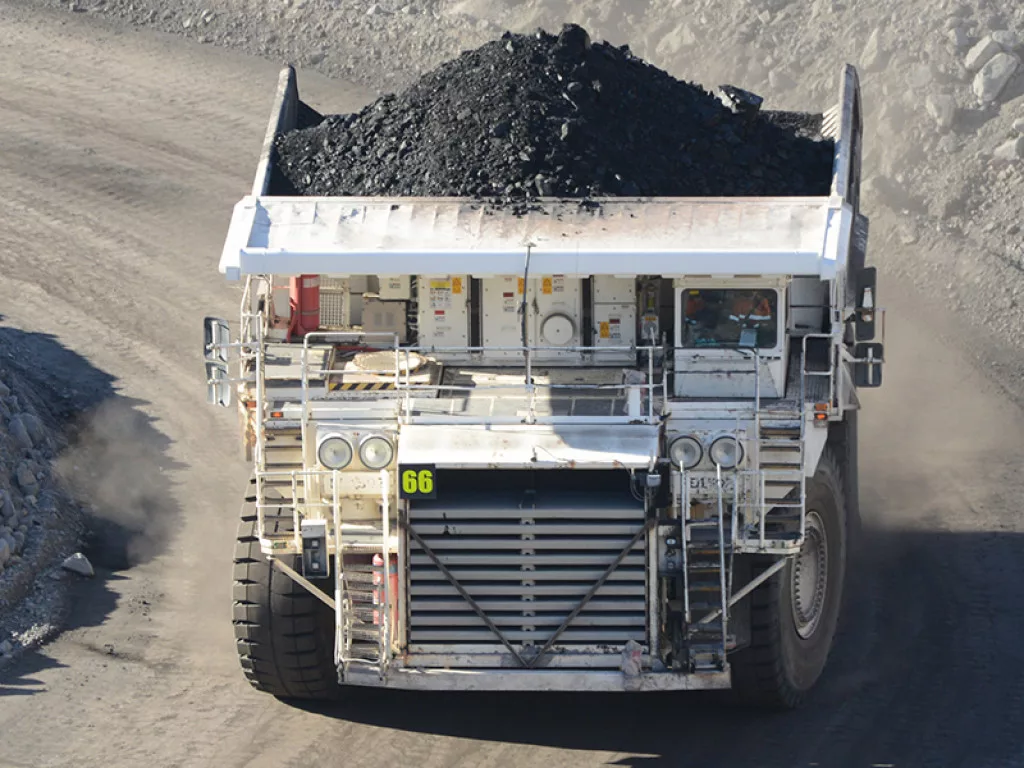
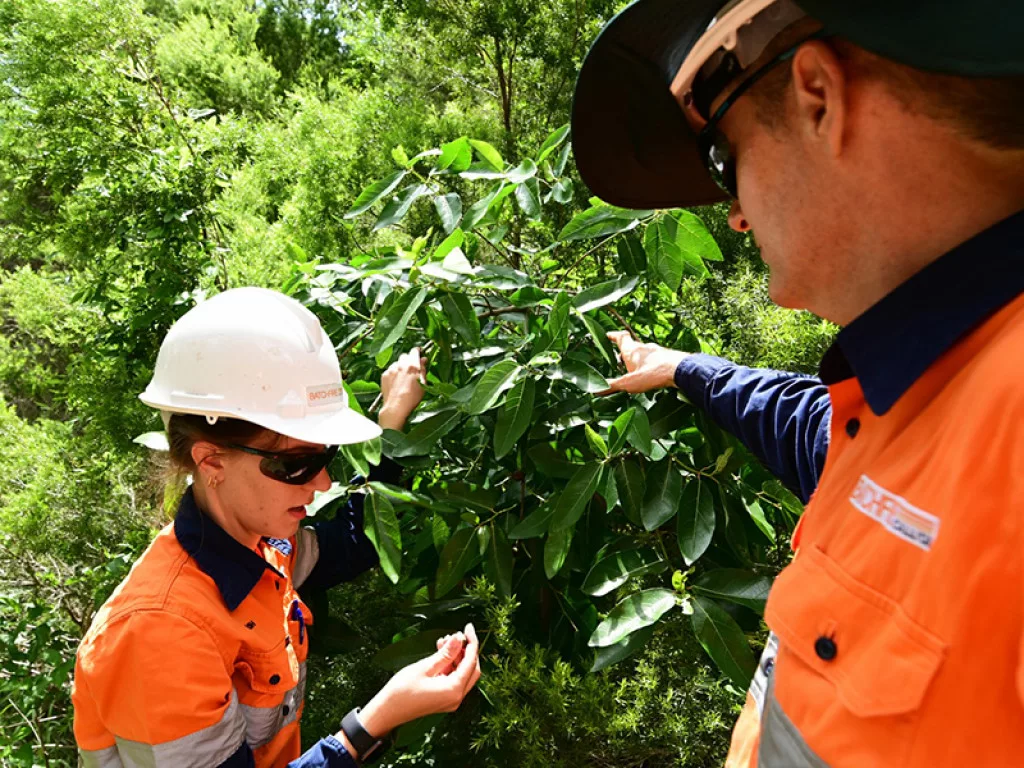
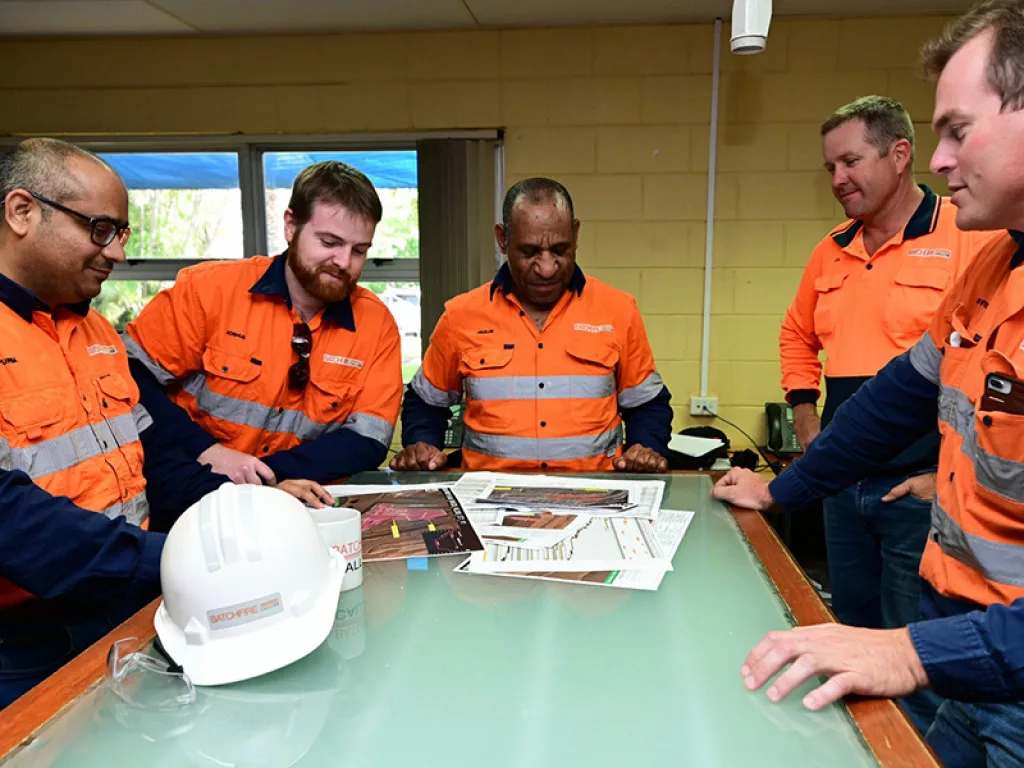
CUSTODIANS OF THE COMMUNITY
At its heart, Batchfire is dedicated to the welfare of the communities both within and surrounding the Callide Mine. This commitment extends beyond supporting mining families and driving the local economy.
Implementing a safe, diverse, and resilient workforce is of paramount importance to Batchfire, and is one of the most critical aspects of the company’s ESG strategy.
Indeed, the company’s perception and recognition as a socially responsible corporate citizen and the level of engagement between the mine and its people is for Fidock, one of the greater metrics used to measure Batchfire’s success.
“We’ve taken on the task of building credibility with the workforce,” he says.
To do this, continual engagement with employees is essential to ensure the shared goal of maintaining a safe and productive workplace that is characterised by a culture of challenge, courage, integrity, and commitment.
“We want to show our people what can be achieved and believe in giving them the scope and room to perform their roles.
“We are here to give them direction, show them the boundaries, and hold them to task on the individual performance of their job,” Fidock continues.
Fidock’s emphasis on this people-centric aspect of operations has been one of the many changes he has introduced to the company since taking over as CEO, ensuring that the people are right behind Batchfire and recognise its integrity and credibility on delivering on its commitments.
“It’s a new level of direction that I’ve brought to the business – there’s no rocket science behind it, it’s just the way that I do things,” he shares. “There’s always so much more that we can do, but now there’s certainly more of a sense of confidence around the workforce and the staff that we’re on the right track.”
This empowerment and motivation of employees is intrinsically linked to the support of the overall community, considering that Batchfire stands as the Callide Valley’s largest single employer and a significant contributor to the local economy.
Around 85 percent of Batchfire’s 800 full-time equivalent direct employees reside within the Callide Valley, with the company accounting for 42 percent of all local employment. This eliminates the need to rely on fly-in fly-out workers. It is a model of employment that contributes to connection within the local community, meaning that employees do not need to spend long periods of time working away from home.
“Both as a mine and a company, we have a very close association with the township of Biloela and draw the majority of our employees from that community,” explains Fidock.
“Our social governance, our commitment to and engagement with that town is extremely strong.”
The Callide Mine has been a key source of local employment for more than 75 years, and maintaining these partnerships and supportive relationships remains a major priority for Batchfire. Working in a beneficial way with both the people and the land are the fundamental aspects of the company’s commitment to responsibly develop the resources of the Callide Basin whilst preserving the environment for future generations.
Batchfire seeks to maintain and improve its ESG credentials built on a baseline of ensuring compliance with all environmental, mining tenure and governance approvals and requirements, including paying all necessary royalties and tax.
“We are always working to build our ESG credentials and undertaking a number of projects within this to ensure that we are environmentally maintaining our tenements as we should.”
The mine’s three active areas – Boundary Hill, Trap Gully and Dunn Creek – ensure Batchfire maintains the Callide Mine’s proud record of a reliable coal supply, local employment and business opportunities.
Batchfire recognises the First Nations Gaangalu Nation People (GNP) as the Traditional Owners and Native Title claimants over the land upon which it operates. Its relationship with the GNP helps to develop partnerships around cultural heritage management and enable access in support of the GNP maintaining connection to country.
“We are actively pursuing business partnership opportunities with the GNP, alongside the increasing number of First Nations employees within our business.
“It’s extremely important to us that we are seen – and I believe that we are – as a good corporate citizen, not only for the region, but also for the state. We can always do more, but we’re very conscious of our place both within the community and the region.”
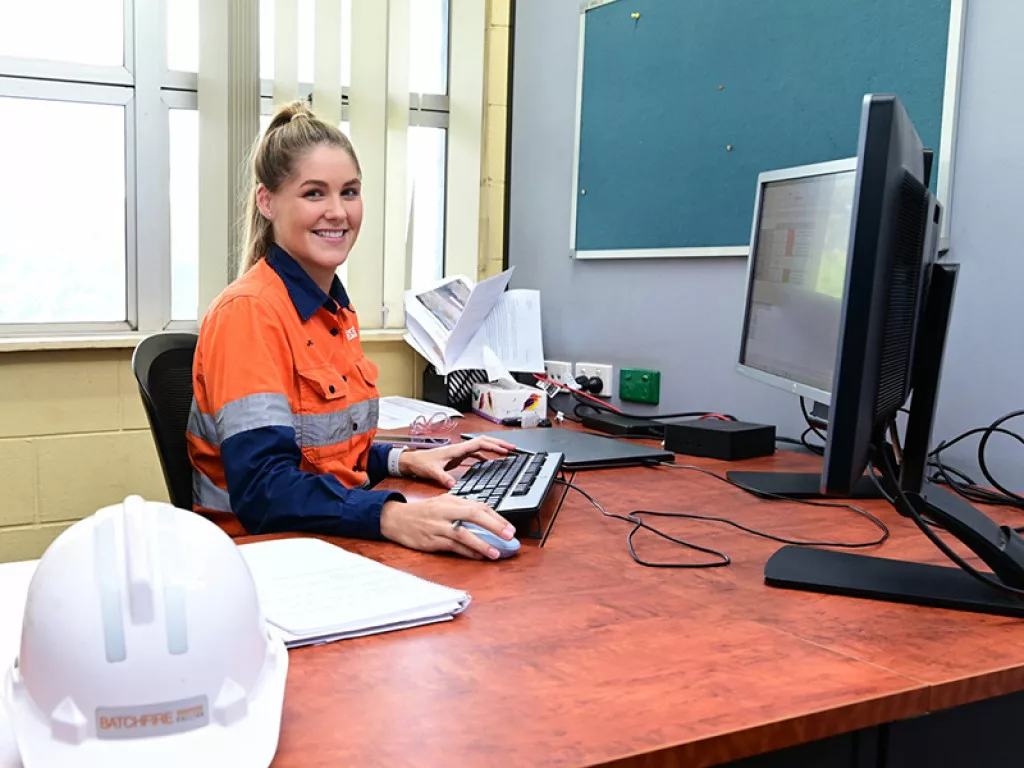
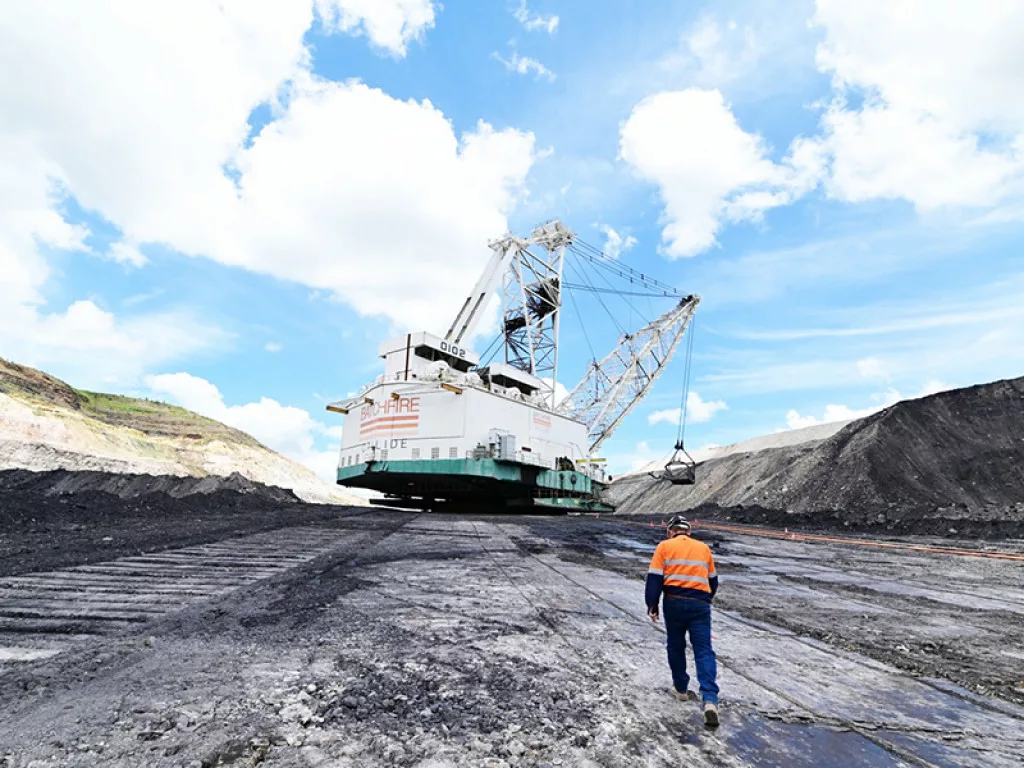
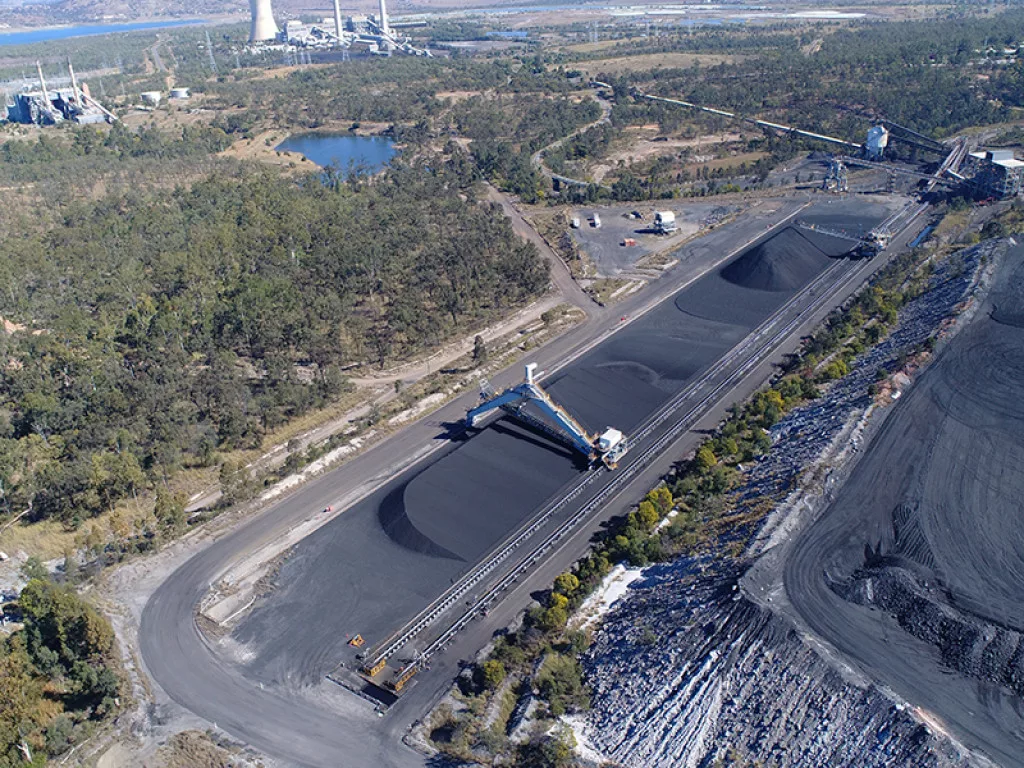
LOOKING AHEAD
For the near future, Batchfire has its hands full with plans for increasing production levels and implementing the range of initiatives on its journey to Net Zero.
“We are investing in a new fleet of gear so that we have the best technology on site. This allows us to be more efficient, whilst also improving working conditions for our employees. After all, if you’re sat operating a truck, you’d rather be in a brand new one!”
But for Fidock, an entirely employee-centric outlook best defines Batchfire’s priorities in the years ahead, especially as the company is in the stages of recruiting more workers.
“As we are getting more and more employees on site, we want to become an employer of choice to ensure that they stay. It’s all about making people feel safe and secure, and rewarding them for their performance.”
As part of this, Batchfire is implementing extensive training and development plans at all levels. This includes supporting its frontline supervisors, to ensure that they continue to upskill and have the confidence to motivate their crews.
“Most importantly, we’re ensuring safety is a daily, ongoing priority,” Fidock adds. “We want our employees to return home uninjured each evening – perhaps just a little bit more tired than when they left for work!”
Drawing to a close, Fidock returns to the all-important notion of credibility, as the adhesive that binds the company‘s goals and ambitions with the people that can make them happen.
“We are now going through a process of looking to achieve targets that might not have been within reach previously, both in terms of production and a quality of output basis.
“We’re getting credibility with our workforce because we are achieving those targets – we’re showing that they’re not out of reach, and we are bringing them along with that journey. We want our employees to be proud of what they achieve on-site.”



